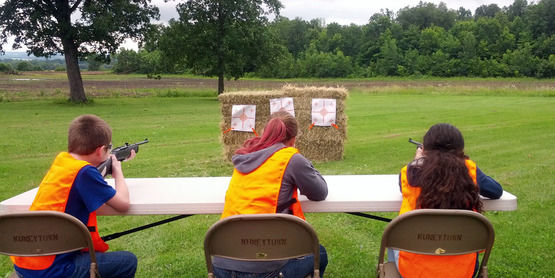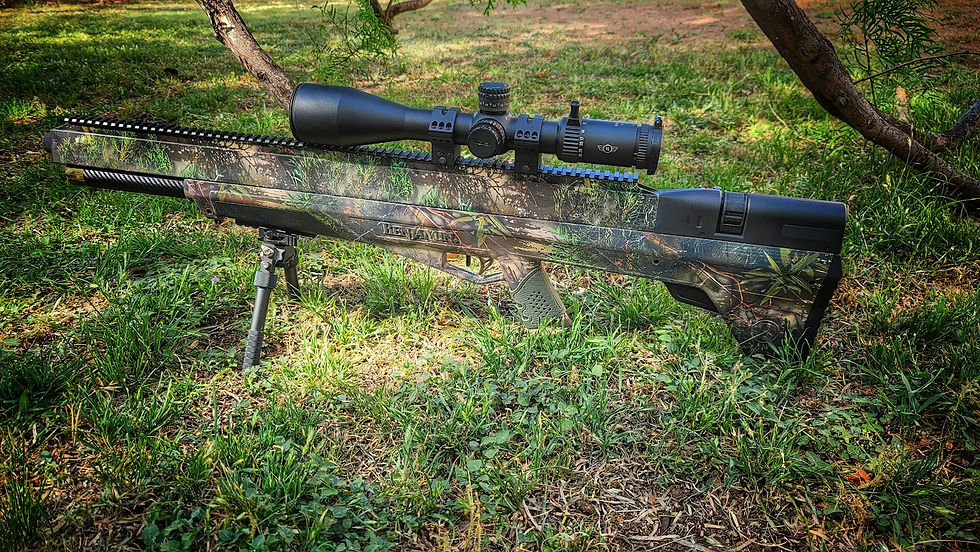Let's Do the Twist (Rate)
- Matt Hodges

- Apr 4, 2023
- 2 min read

Rifled barrel twist rates play a critical role in the accuracy and stability of firearms. The twist rate refers to the rate at which the rifling twists inside the barrel of a firearm, and it is measured in inches per turn or simply as a ratio, such as 1:7.
A rifled barrel is a barrel with a series of grooves or rifling cut into the inner surface. When a bullet is fired, these grooves cause the bullet to spin, which helps stabilize it in flight and increase its accuracy.
The twist rate of a rifled barrel is determined by the number of inches the rifling takes to complete one full revolution. For example, a 1:7 twist rate means that the rifling completes one full revolution every 7 inches.
So, why does the twist rate matter? The twist rate of a barrel is crucial because it determines how stable the bullet is in flight. A faster twist rate will create a tighter spiral, which increases the bullet's stability but may reduce the velocity. A slower twist rate will create a looser spiral, which reduces stability but may increase velocity.
The ideal twist rate for a particular firearm depends on several factors, including the caliber of the bullet, the weight of the bullet, and the intended use of the firearm. For example, a heavier bullet requires a faster twist rate to stabilize it in flight, while a lighter bullet may require a slower twist rate.
Additionally, the intended use of the firearm can influence the ideal twist rate. For example, a firearm intended for long-range shooting may benefit from a faster twist rate to ensure maximum accuracy, while a firearm intended for hunting at closer ranges may benefit from a slower twist rate to increase velocity.
It's also worth noting that there is no one-size-fits-all approach when it comes to rifled barrel twist rates. Different manufacturers may recommend different twist rates for the same firearm, and it's important to test different twist rates to determine which works best for your particular firearm and ammunition.
In conclusion, rifled barrel twist rates are a crucial factor in the accuracy and stability of firearms. The ideal twist rate depends on several factors, including the caliber and weight of the bullet and the intended use of the firearm. By understanding how twist rates work and testing different rates, firearm enthusiasts can optimize their firearms for maximum accuracy and performance.








Sounds interesting enough.but the issue becomes several things at once.
A] How expensive is each barrel
B] How do you order barrels with different twist rates performed on them?
C] How easy is it to switch your barrel around to new twist rate?
D] How deep do you carve your lands?
E] How often do you need to switch the range(s) that you intend to shoot?
Thanks :)